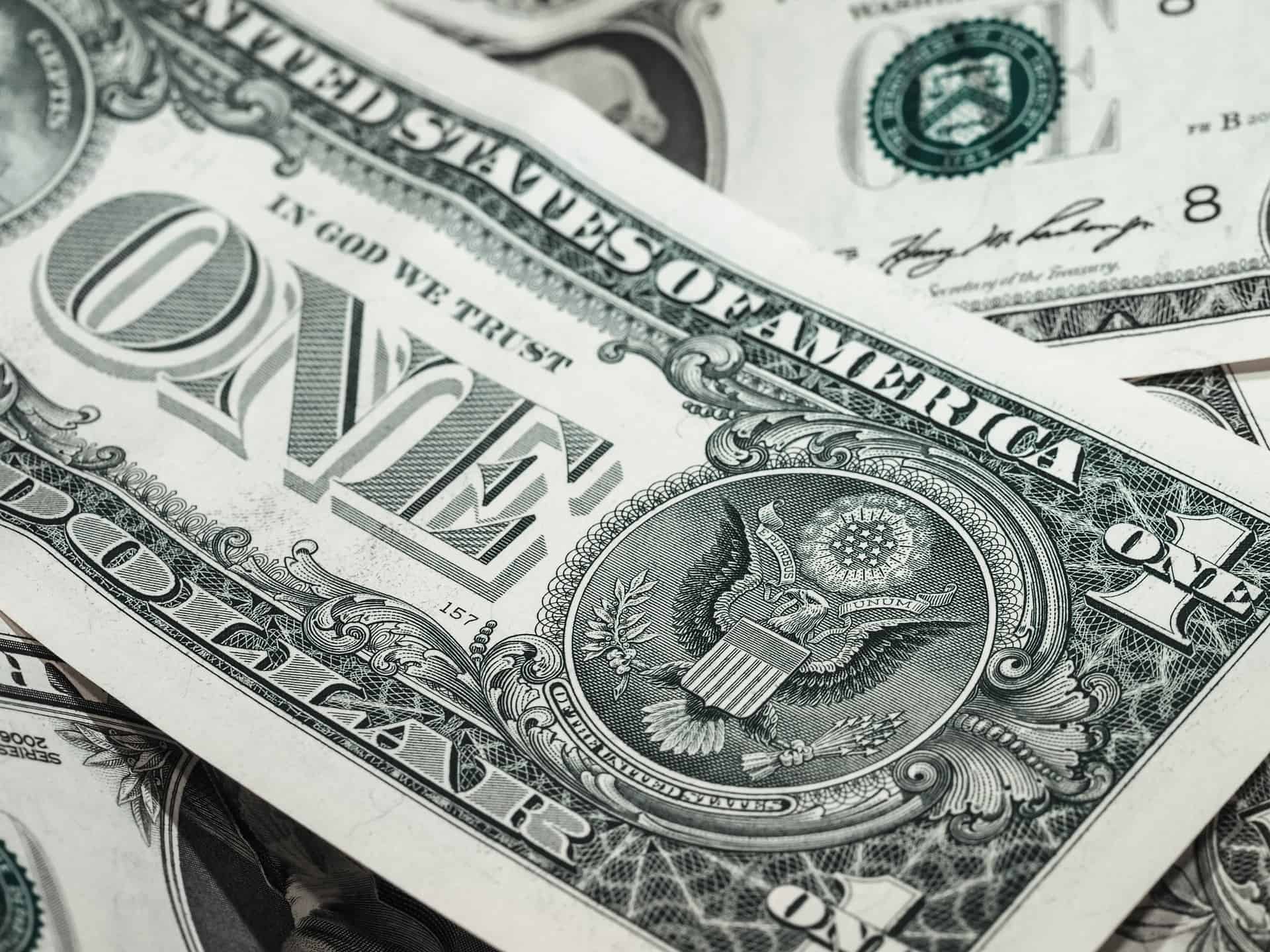Transferring money to and from Denmark can be somewhat of a jungle to figure out. But don’t worry because we got you! We have gathered a lot of frequently asked questions and answered them in a FAQ.
Q1: Do I need to open a Danish bank account to send money from Denmark?
No, you don’t need to open a bank account in Denmark in order to send money. You can use a service like TransferWise to send money from Denmark to another country.
Q2: How long does it take to send money from Denmark?
It usually takes 1-2 business days for the money to arrive.
Q3: How much does it cost to send money from Denmark?
The cost of sending money from Denmark depends on the amount you’re sending, the currency you’re sending in, and the country you’re sending it to. You can use a service like TransferWise to get an estimate of the fees.
Q4, What’s the best way to send money from Denmark?
A: The best way to send money from Denmark depends on your individual needs and preferences. You can use a service like TransferWise to send money from Denmark to another country.
Popular Banks in Denmark
Three large banks dominate the Danish banking sector although with a few budding ones. The leading banks in Denmark include Danske Bank, Nordea and Jyske Bank.
1. Danske Bank
Danske Bank is the largest and oldest bank in Denmark, with a history that dates back to the 19th century. Today the bank has the largest number of customers in Denmark, has 210 branches and has over 5,000 employees.
2. Nordea
Nordea is the second largest bank in Denmark and the largest in the Nordic region. It is a relatively new bank, established in 2000, and has their global headquarters in Stockholm, Sweden. The bank has branches in 22 countries, including Denmark, and has over 10 million customers.
3. Jyske Bank
Jyske Bank is the third largest bank in Denmark and the second oldest, with headquarters in Silkeborg, Denmark. It has been around since 1967 and has over 100 branches in Denmark. The bank is also listed on the NASDAQ OMX Copenhagen stock exchange.
Largest commercial banks in Denmark
- Danske Bank
- Nordea
- Jyske Bank
Danske Bank is the largest bank in Denmark and the second largest in the Nordic region. The bank that was founded in 1871,The bank has over 200 branches in Denmark and has over 5,000 employees.
Nordea’s founding dates back to 2000. It is the second largest bank in Denmark and the largest in the Nordic region. The bank has over 100 branches in Denmark and has over 10,000 employees.
Jyske Bank was founded in 1967. It is the third largest bank in Denmark. The bank has over 100 branches in Denmark and has over 5,000 employees.
Exchange rate
The Danish Kroner is the country’s official currency. This coveted currency is abbreviated as DKK or kr. The Kroner is divided into 100 øre. The Danish krone is currently pegged to the euro at a rate of 1 EUR = 7.46038 DKK.
Danish krone
The Danish krone is the official currency of Denmark. The Danish krone was first used in 1875 and was equal to one Danish rigsdaler. The krone has been pegged to the euro since 1999, with a fixed exchange rate of 7.46038 kroner to 1 euro.
The bottom line about Banking and money issues in Denmark
You don’t need to open a bank account in Denmark in order to send money. You can use a service like TransferWise, now called Wise to send money from Denmark to another country. It usually takes 1-2 business days for the money to arrive.
The cost of sending money from Denmark depends on the amount you’re sending, the currency you’re sending in, and the country you’re sending it to. You can use a service like TransferWise to get an estimate of the fees. The best way to send money from Denmark depends on your individual needs and preferences. You can use a service like TransferWise to send money from Denmark to another country.
